Harnessing Nature's Sweetness: Testing Honey for Purity
The U. S. government doesn't test honey for purity.
It's also important to note that a USDA logo doesn't imply that the honey is pure.
The state of Florida requires honey to display all of its additives when it's manufactured and sold within the state.
By law, all products sold as honey in the European Union have to be additive-free, including antibiotics that are used to treat bees.
Because there are so many varieties of honey and different types of sugar syrups, there really is no one home test that is totally successful.
This means that testing for pure-honey isn't that simple.
In fact, it's best to use more than one test to see if the honey is pure or not.
But, please understand that these purity tests are not 100% accurate.
Pure-honey should only contain one ingredient and that's honey.
But keep in mind, just because there aren't any other ingredients listed on the label, it doesn't necessarily mean that the manufacturer is telling the truth.
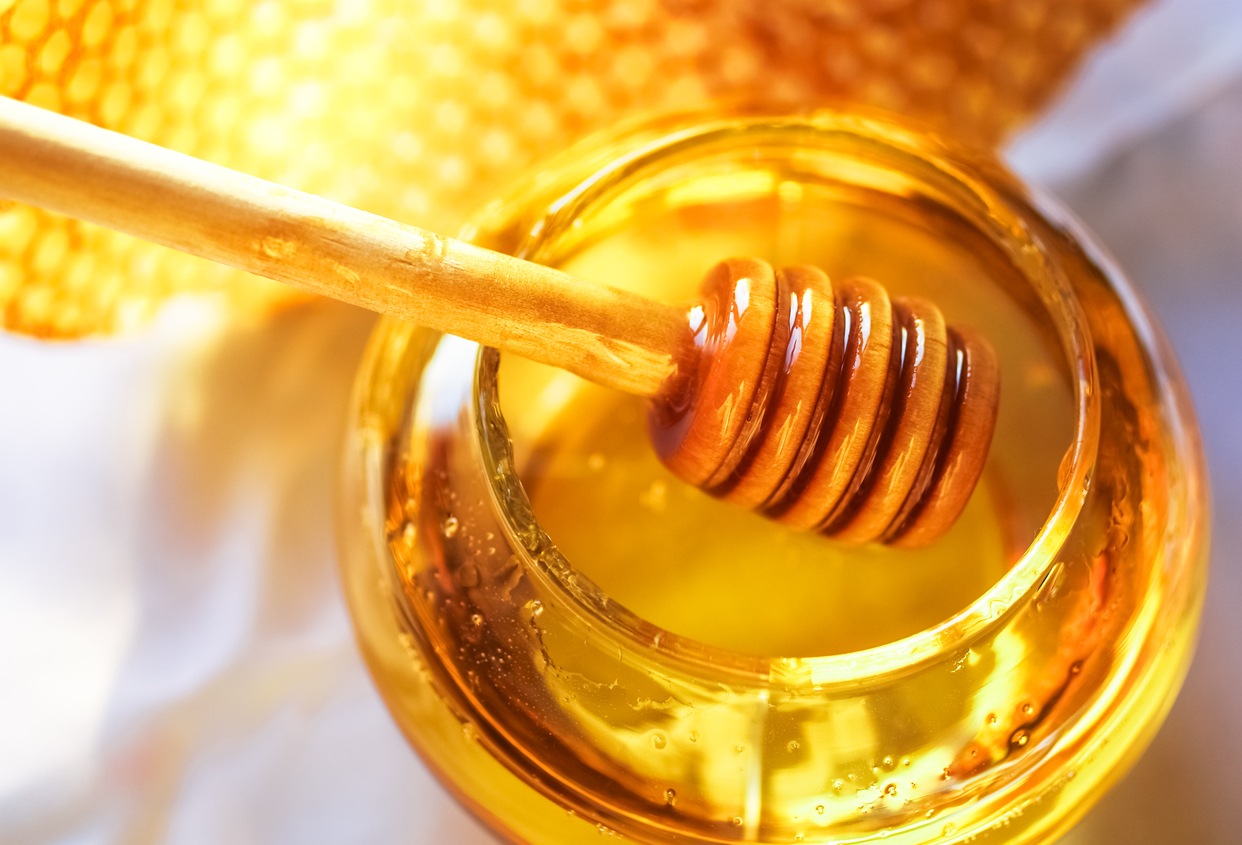
Some Different Purity Tests to Try
Add one spoonful of your honey to a glass of warm water and leave the spoon in the glass.
You don't have to stir it, but if you do, stir it slowly.
If your honey has some type of sugar syrup in it then it will most likely dissolve in the water.
Most pure honeys remain on the spoon or sink as a solid lump to the bottom of the glass.
Unfortunately, some honeys that are adulterated might not dissolve.
The second test to try is to drop some honey on a paper towel.
When the honey has had some water added to it then it may leave a wet mark on the paper towel or be completely absorbed.
Pure honey should never be absorbed, but regrettably honey that has been diluted with sugar syrup may not be absorbed either.
Tips for Finding Pure-Honey
- You have a better chance of finding pure-honey at a farmers market or buying some from a local beekeeper.
- Honeycombs straight from the beehive are more likely to be pure. Although, some beekeepers may feed their bees some type of syrup or artificial sugar, and this can result in the bees producing adulterated honey.
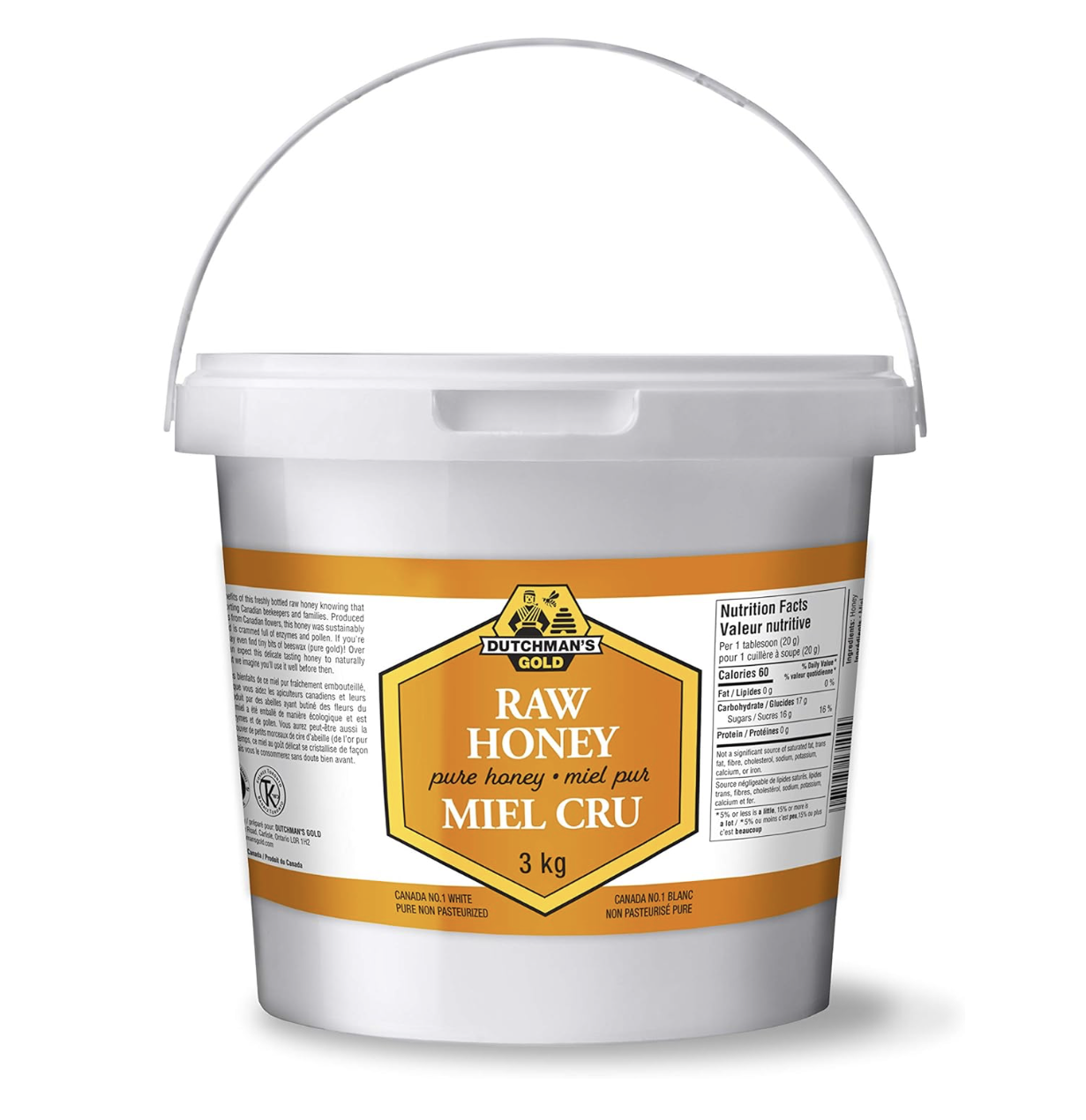
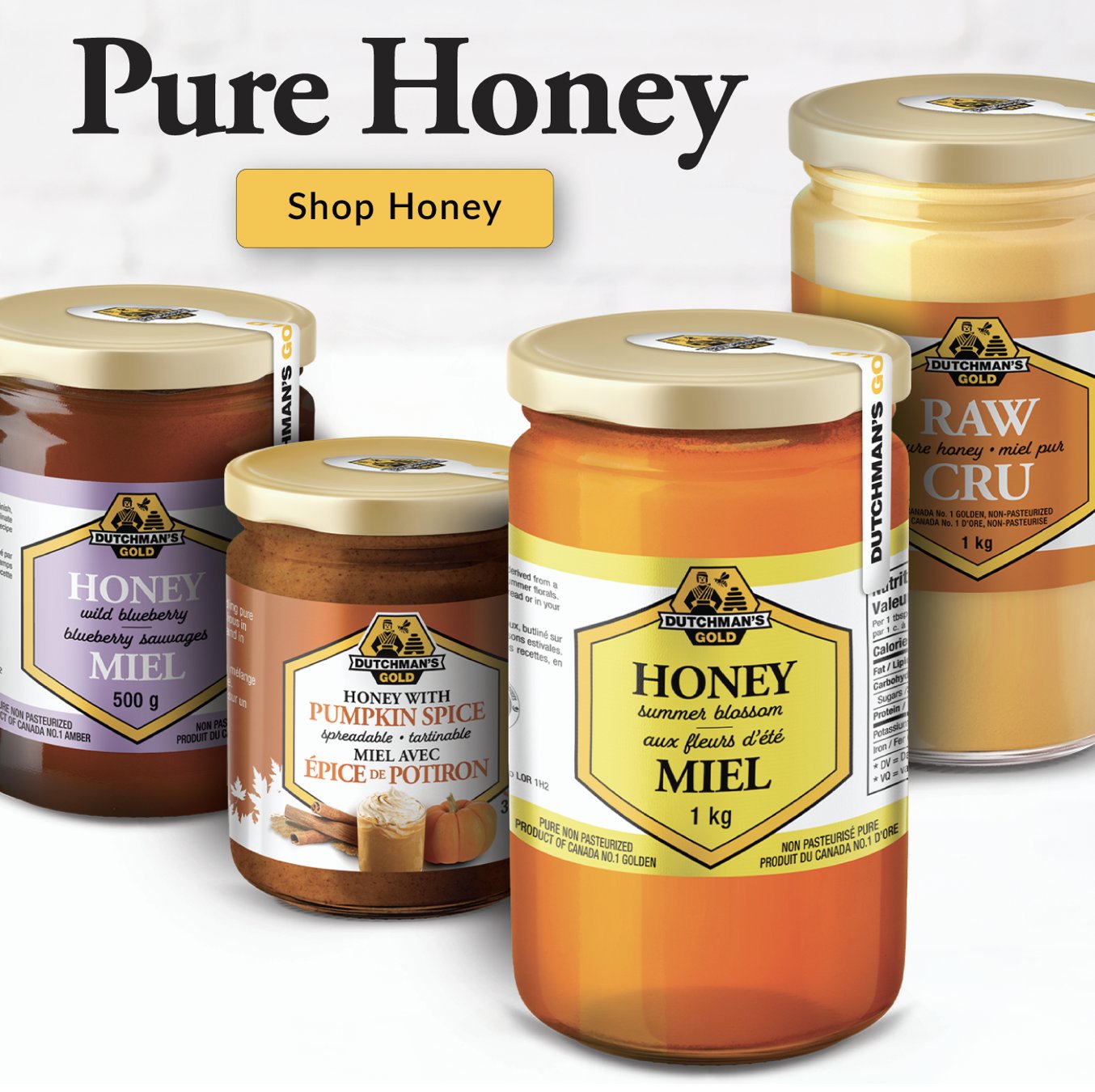
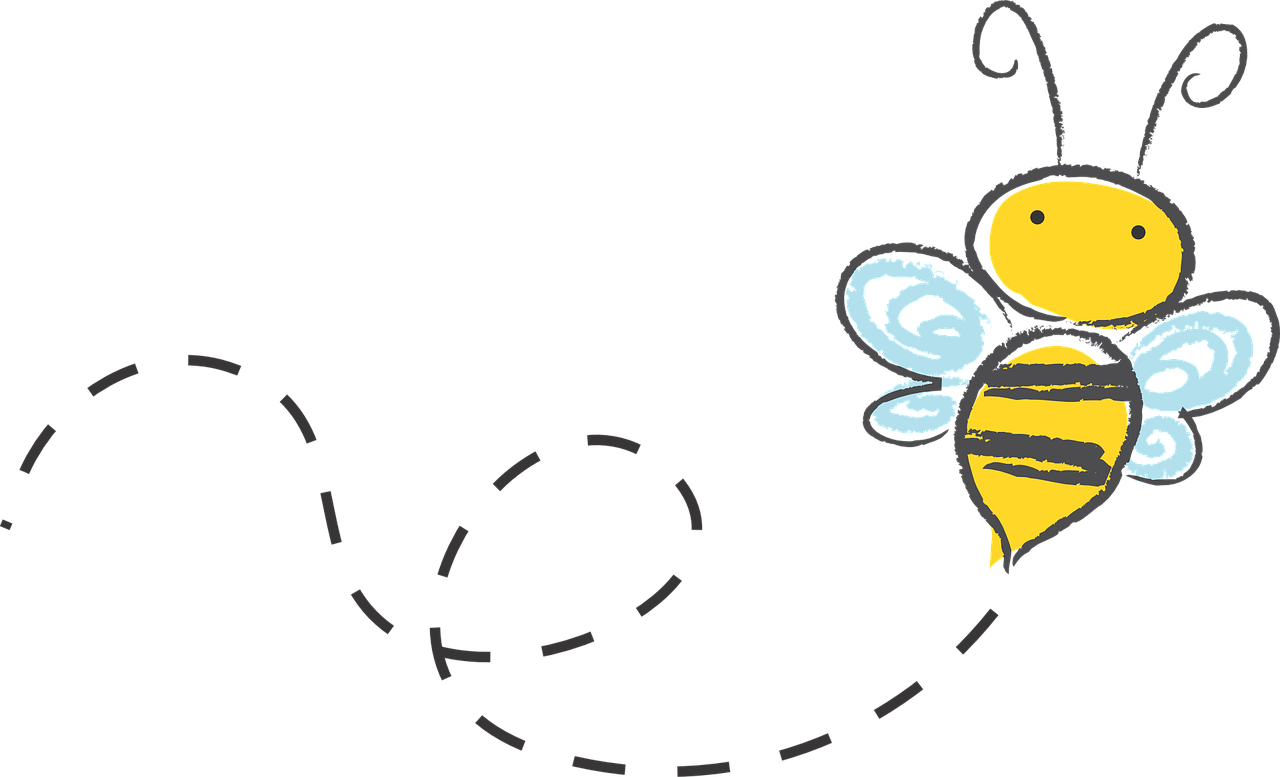
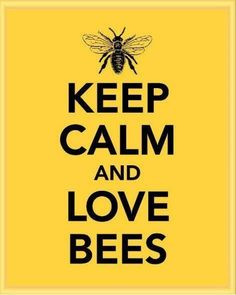
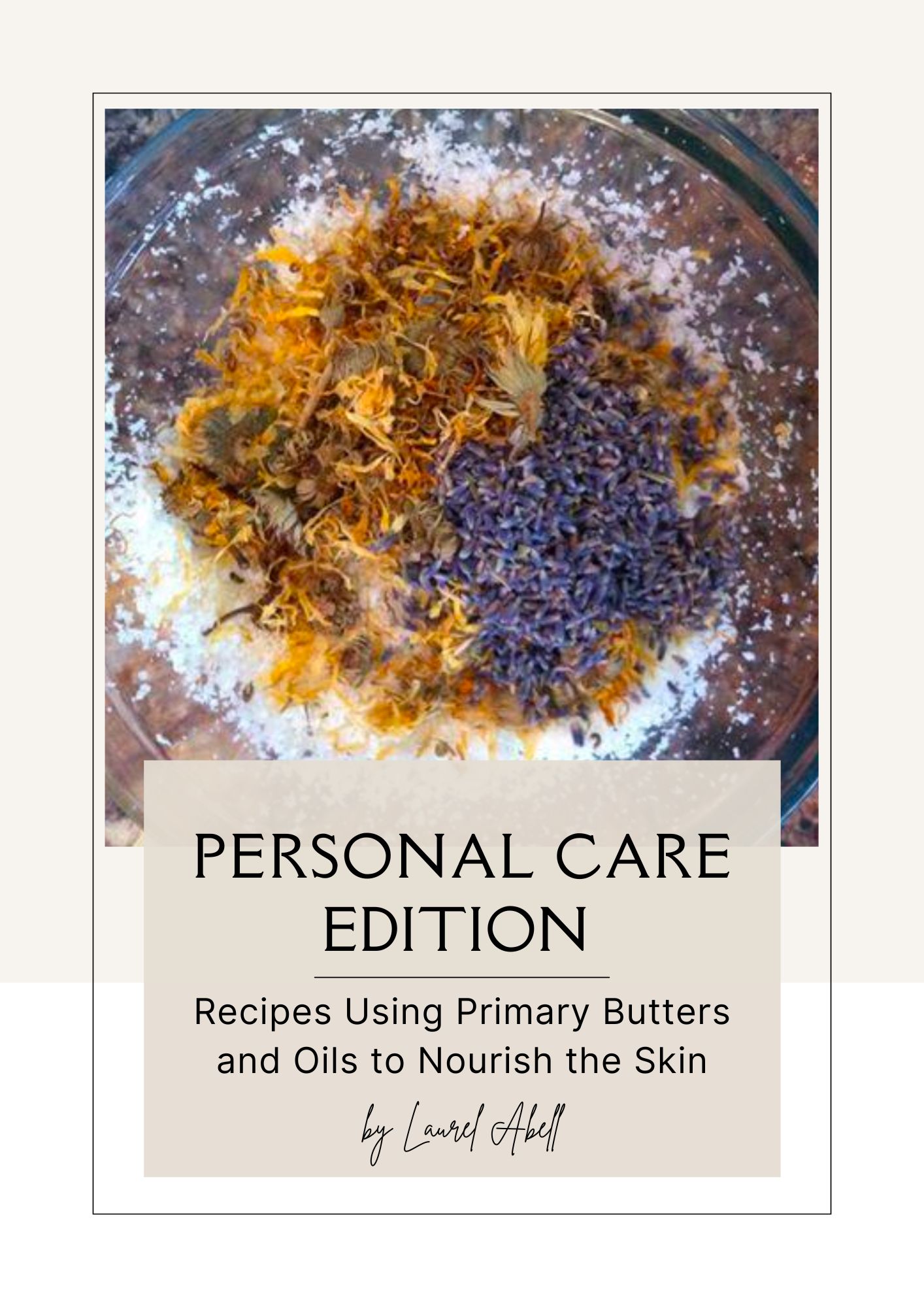
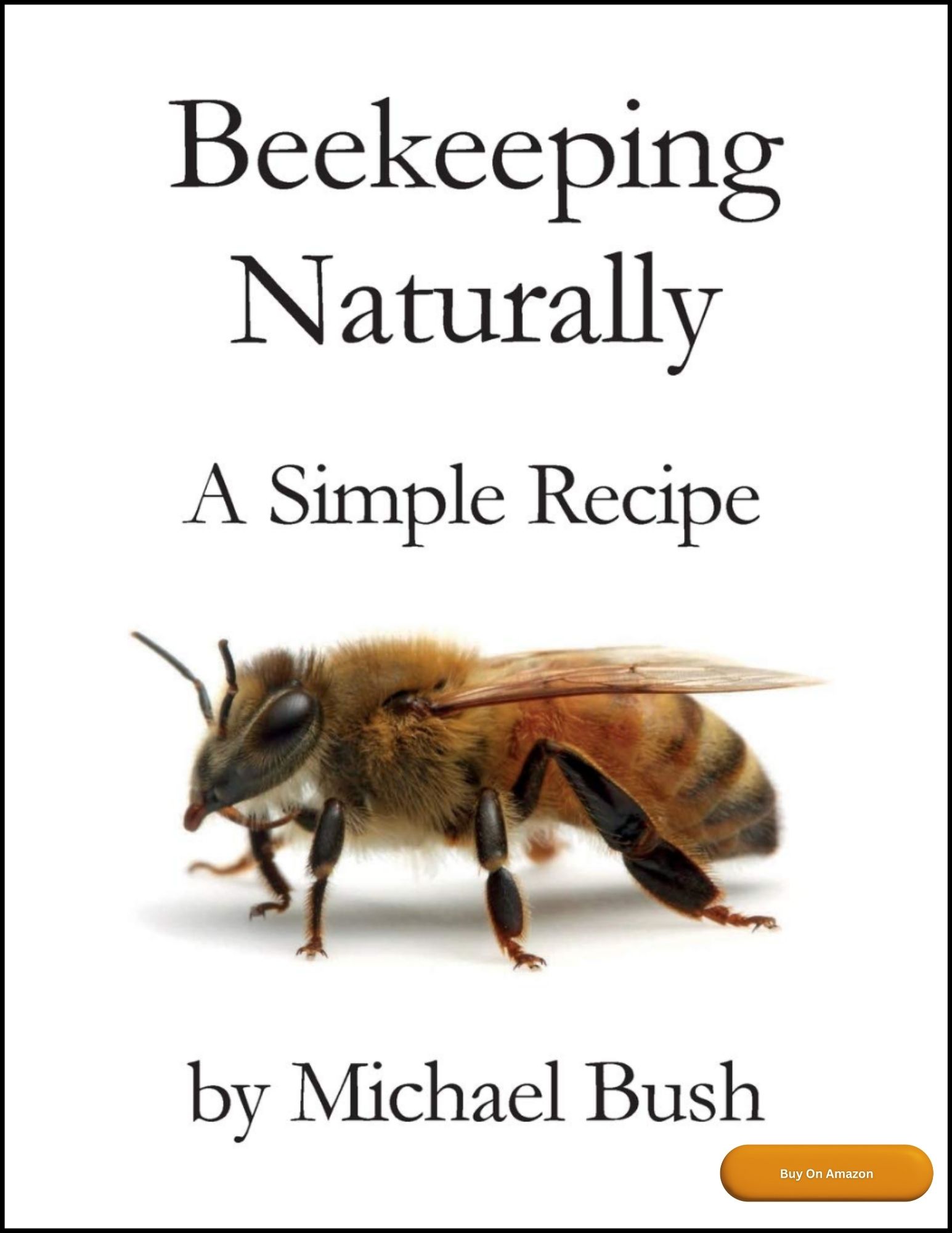
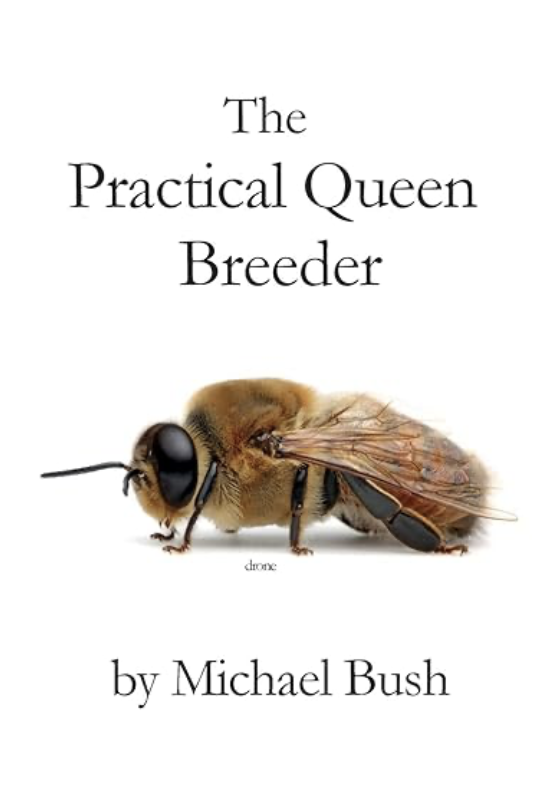

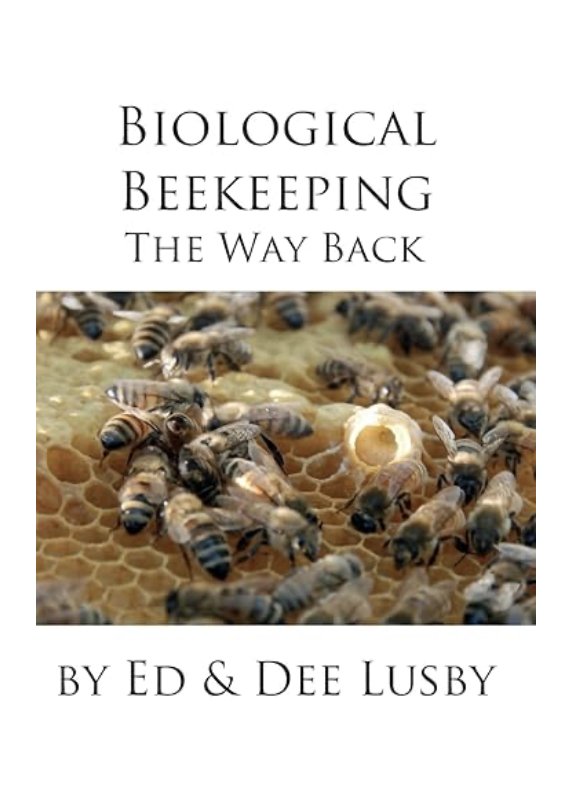

New! Comments
Have your say about what you just read! Leave me a comment in the box below.